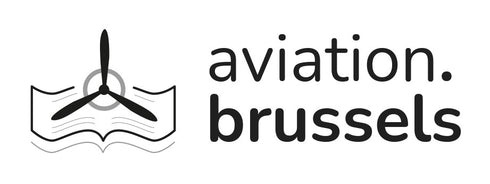" SOUND BARRIER "






Prix régulier 30,00 € TTC 6%
Characteristics
| Book cover finish | Canvas finish, Bradel, Hardcover ( rounded spine binding ) |
| Special feature | Reprint ( Seventh Edition ) |
| Conditions | Used, mint condition |
| Number of pages | 129 |
| Published date | 1954 |
| Language | English |
| Size | 13 x 19 x 3 cm |
| Authors | Neville Duke and Edward Lanchbery |
| Editor | CASSELL AND COMPANY LTD |
Description
PREFACE TO SIXTH EDITION
WITH the arrival of the second half - century of powered flight, we have entered upon the reality of the supersonic age. Speeds in excess of sound are no longer the restricted preserve of research aircraft.
( … ) The " sound barrier ", no longer an obstacle in the path of flight, develops now into the problem of overcoming the threat of damage on earth as sustained supersonic flight generates sonic bangs of increasing intensity. In fact, a leading aviation authority in America foresees the mobilization of controlled sonic bangs aimed at an enemy as a weapon of warfare, and has suggested the development of an aircraft designed specially for this purpose.
Whilst the " sound barrier " dies as a problem of flight research, and supersonic aircraft become the production order of the day, the experimental side of aeronautical development turns to the next hurdle of the " heat of barrier ".
( ... ) Nothing, however, holds promise of a more revolutionary change in the pattern of flight than the news of the " V.T.O. " fighters which, achieving a thrust greater than their weight, are designed to take off vertically and land tail down on a site no bigger than a tennis court.
These, then, are but a few of the developments that have occasioned the revision of a book published only twelve months ago. Within a year the factual promise of new speeds, new wing designs, new power units, and new performances, has outdated speculation. And if, alas, the emphasis lies on American progress, it should be remembered that the United States releases news of its developments at an earlier stage than Britain, who will not admit the existence of a new aircraft until it has appeared in the sky.
June, 1954
N.D.
E.L.







